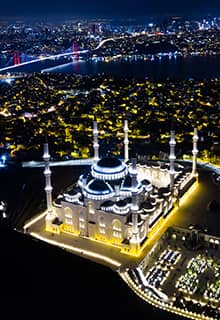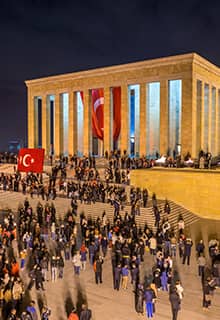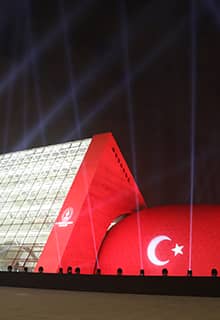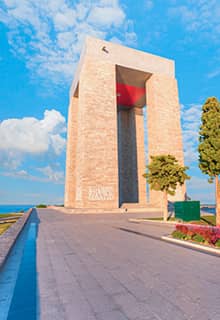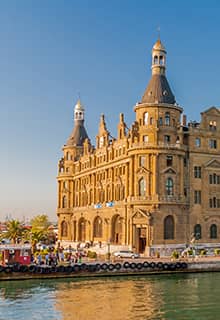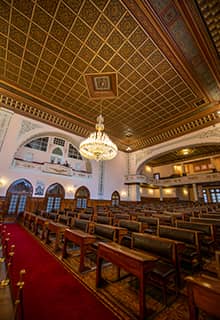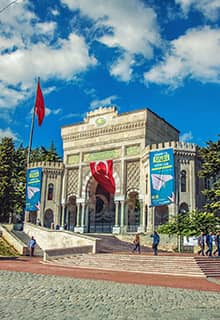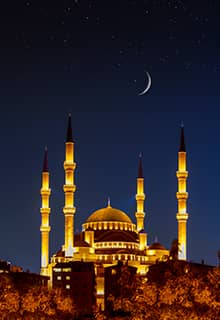

modern architecture
in Türkiye
Beginning in the early 20th century and lasting until the 1930s, a new national architectural movement pioneered by Architect Kemalleddin Bey and Vedat Tek can be observed. This movement is referred to as Turkish Neoclassical Architecture.
The main ambition of the movement was to introduce a new style that combined both Ottoman and Seljukian architectural styles with modern architecture to replace the Neo-Ottoman architectural style which had been the symbol of the Ottoman Empire. With the foundation of the Republic in 1923 the movement accelerated This is especially evident in Ankara, the new Capital of the Turkish Republic, where spectacular governmental buildings began to spring up such as the second Grand National Assembly building (1924), the Ministry of Finance General Headquarters (1925) and the Ministry of Culture General Headquarters (1927) and the State Art and Sculpture Museum (1928).
Later in the 1930s many foreign architects (mostly from Europe) were invited in order to accelerate the construction of the new capital Ankara. Inspired by this modern neoclassical architectural movement, a Second National Architectural Movement occurred beginning in the 1940s. This movement was led by Sedat Hakkı Eldem, Ekrem Hakkı Ayverdi and Emin Onat. The Anıtkabir and Ankara Opera House in Ankara; İstanbul University and İstanbul Radio Hall in İstanbul; and the Martyr’s Memorial in Çanakkale are the most prominent examples of the second movement.
After the 1950s, a new generation of architects, who were commissioned this time by the private sector, had shifted the national architectural style into a more international one. Deeply influenced by 1950’s American corporatism, Latin American modernism and by the works of Le Corbusier, this new generation reflected their international inheritance mostly in hotels, offices, shopping centres, commercial and recreational projects such as the Hilton İstanbul Bosphorus.
The best examples of the Modern era in Turkish architecture are: Anıtkabir, Grand Post Office Building in Sirkeci, Haydarpaşa Train Station, The TBMM Building, İstanbul Radio & TV Building, Hilton Hotel, Atatürk Library-Taksim, Kocatepe Mosque, Şakirin Mosque, Sancaklar Mosque, Çamlıca Mosque and the CSO.

